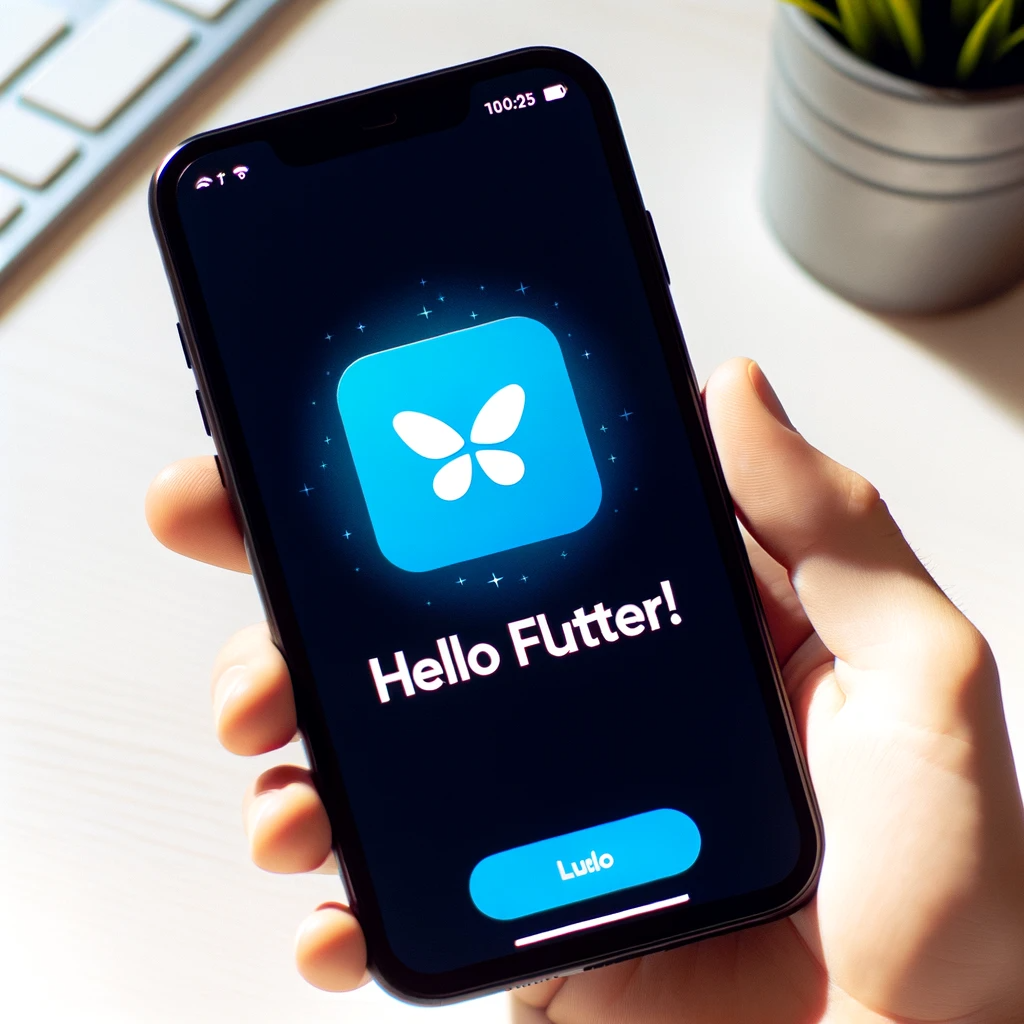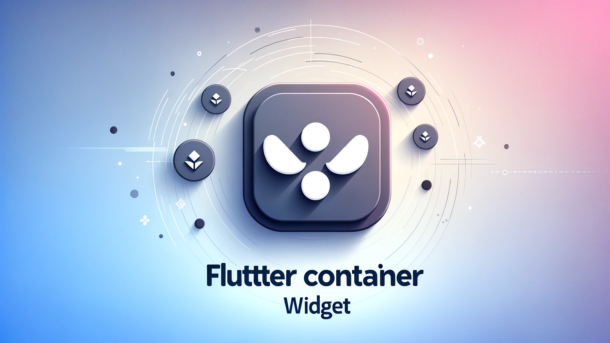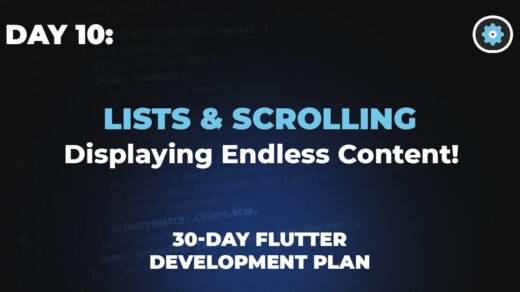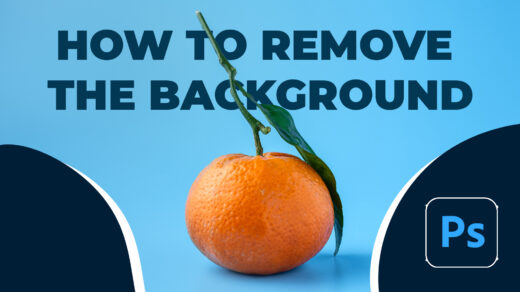Flutter, the open-source UI software development toolkit, offers a myriad of widgets to craft beautiful and efficient applications. One such pivotal widget is the Container. In this guide, we will dive deep into the Container widget, exploring its properties, usage, and advantages. Accompanied by illustrative images, this article promises an engaging learning experience for both beginners and seasoned Flutter developers.

1. What is the Container Widget?

The Container widget in Flutter is a versatile and commonly used widget. At its core, it’s a convenience widget that combines common painting, positioning, and sizing widgets. It can hold a single child and uses various properties to customize its appearance and behavior.
2. Key Properties of the Container Widget
The Container widget is loaded with numerous properties. Here are some of the most significant ones:
- Child: The widget below this widget in the tree.
- Decoration: Paints a box decoration behind the child.
- Padding: The amount of space by which to inset the child.
- Margin: Empty space to surround the decoration and child.
- Width & Height: Specifies the widget’s dimensions.
3. How to Use the Container Widget
Using the Container widget is quite straightforward. Here’s a basic example:
Container(
width: 200.0,
height: 200.0,
decoration: BoxDecoration(
color: Colors.blue,
border: Border.all(color: Colors.black, width: 3.0),
),
child: Text('Hello Flutter!'),
),
In the above code, we’ve defined a square container with a blue background, a black border, and a text child.
4. Advantages of Using the Container Widget
- Flexibility: Can be used for a variety of purposes, from simple padding and alignment to complex decorations.
- Performance: Optimized for fast rendering, ensuring smooth app performance.
- Consistency: Provides a uniform way to handle spacing, alignment, and decoration.
5. Common Mistakes to Avoid
- Over-nesting: Avoid wrapping containers within containers without a specific reason.
- Ignoring Constraints: Ensure that the container’s constraints do not conflict with its parent or child widgets.
6. Conclusion
The Flutter Container widget is a powerful tool in a developer’s arsenal. With its myriad properties and flexibility, it allows for the creation of visually appealing and efficient applications. By understanding its core properties and avoiding common pitfalls, one can master this widget and elevate Flutter’s development skills.
More Articles:
What are the Best Practices for Flutter Developer 2023
Flutter Animation: How to Rotate a Circle in the Flutter
Flutter Animation: How to repeat the animation of the circle







